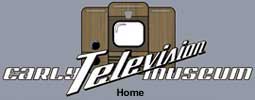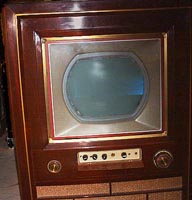A couple of years ago I wrote the bit about the Color Wars that resulted in the shakeout of CBS’s color system in favor of 1953 NTSC compatible color. These are the results of a 2006 investigation. From the Color Wars page: “For a short while, some manufacturers made b&w television sets "color ready" by adding a rear-mounted connector that would allow consumers to buy a converter to either (1) receive color broadcasts in b&w, or (2) add a spinning wheel device to watch color transmissions in color.” 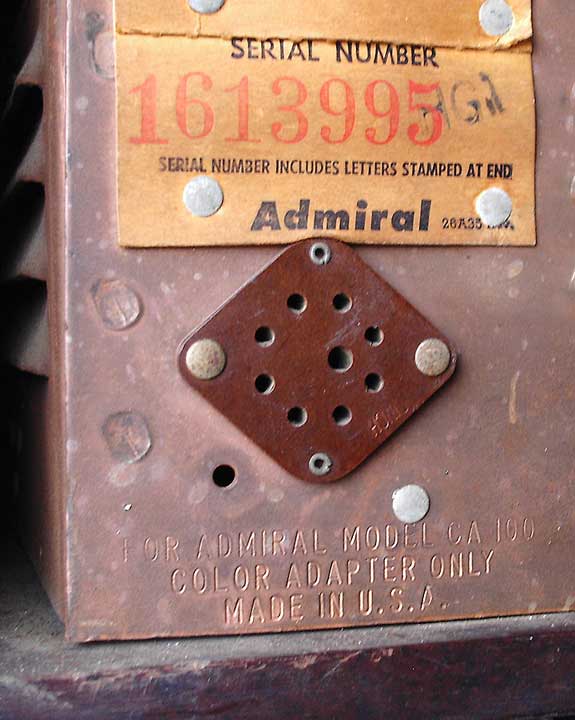 Modern digital photo of the rear panel of a 1951 television set. And the page continues: “Television manufacturers balked at the added expense and production pressures brought about by such a scheme.” 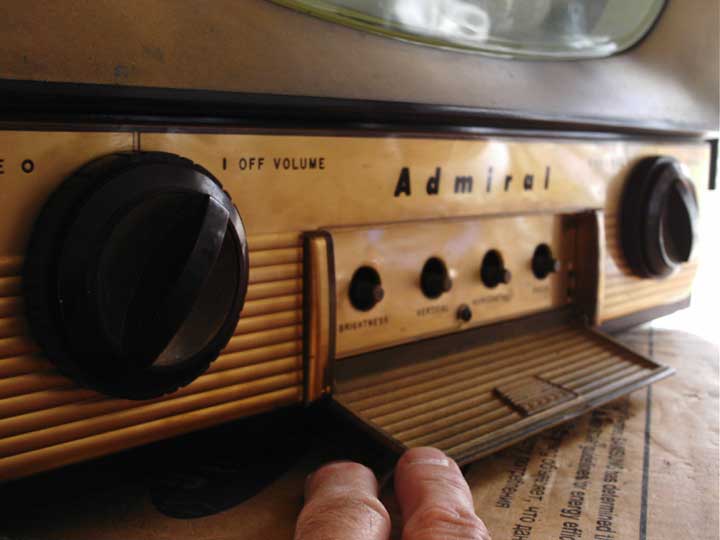 This 1951 vintage 17-in. table-model Admiral that I acquired -- because it had a “color ready” connector -- held a 55-year-old surprise. A little bit of history became reality. Here's the rear of that connector. 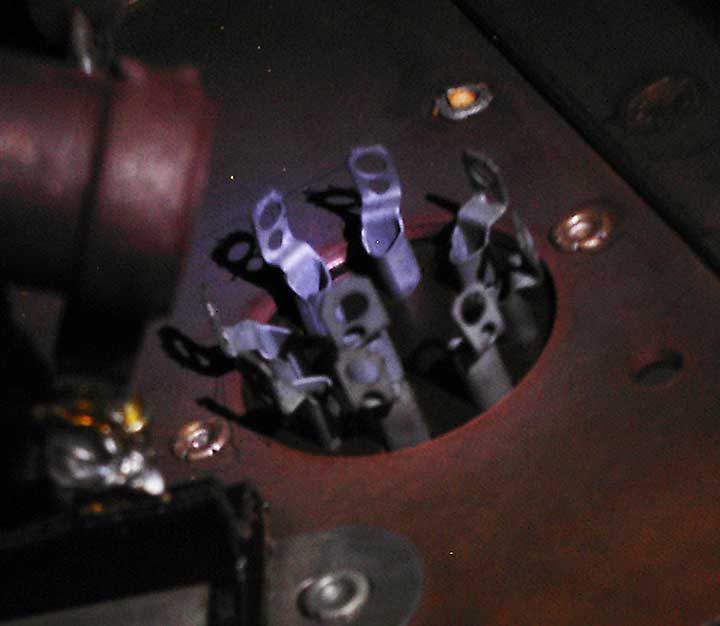 Absolutely no connections were made to the "color ready" rear-mounted connector. Clearly, Admiral "balked at the added expense and production pressures brought about by such a scheme." Here's a little information about this set, written in 2006: To my surprise, the set still works... a little. A nice bright horizontal line is strong enough to show up in spite of the flash. In reconstructing its operational history based upon the date codes of replacement tubes, this set was used from 1951 through 1962. The 'newest' is a 1962 tube, and it shows virtually no use. A Philco picture tube (actually made by Sylvania, according to codes printed on the neck), whose designation is 17BP4, was installed in 1956. 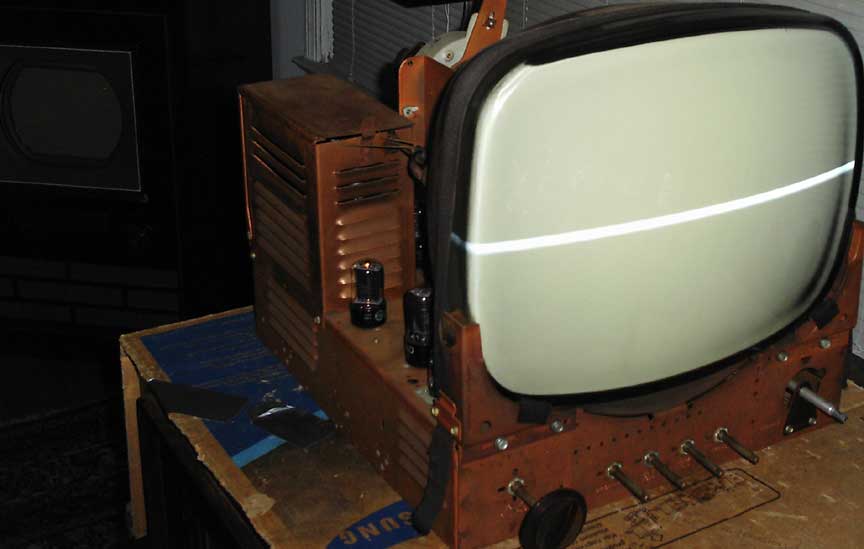 The cabinet, not shown, is in very nice condition. This next picture shows this set in a customer configuration. My set had its internal speaker disconnected. An external speaker jack on the rear connected the internal audio amplifier to a console speaker. (I have only the TV.) Thanks to vintage-TV collector Steve Dichter for locating this ad. 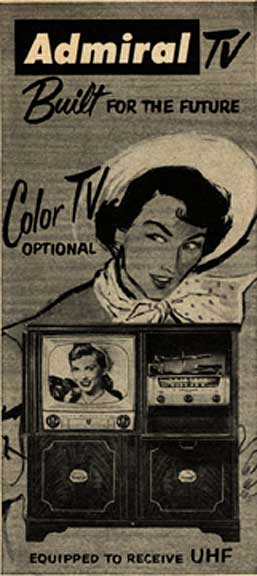 May 20-21, 2006
|
